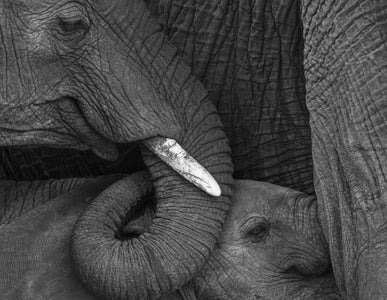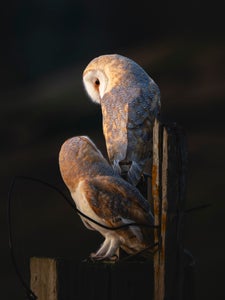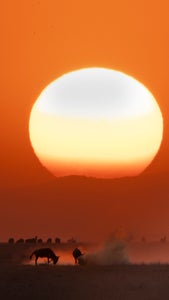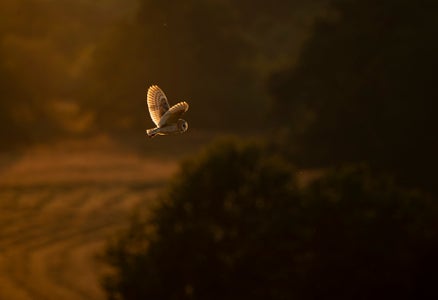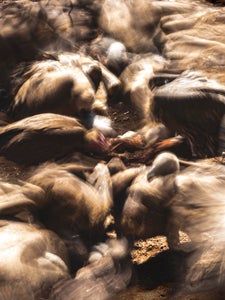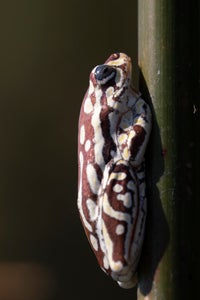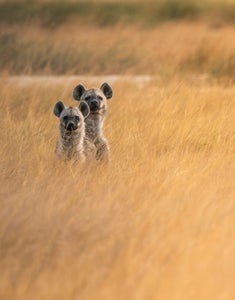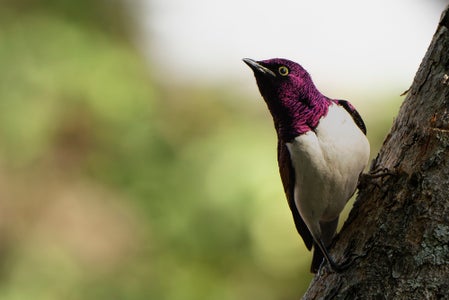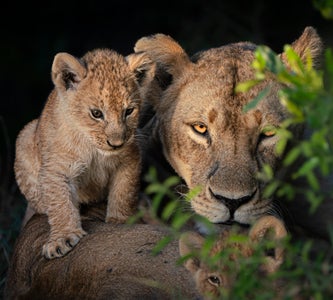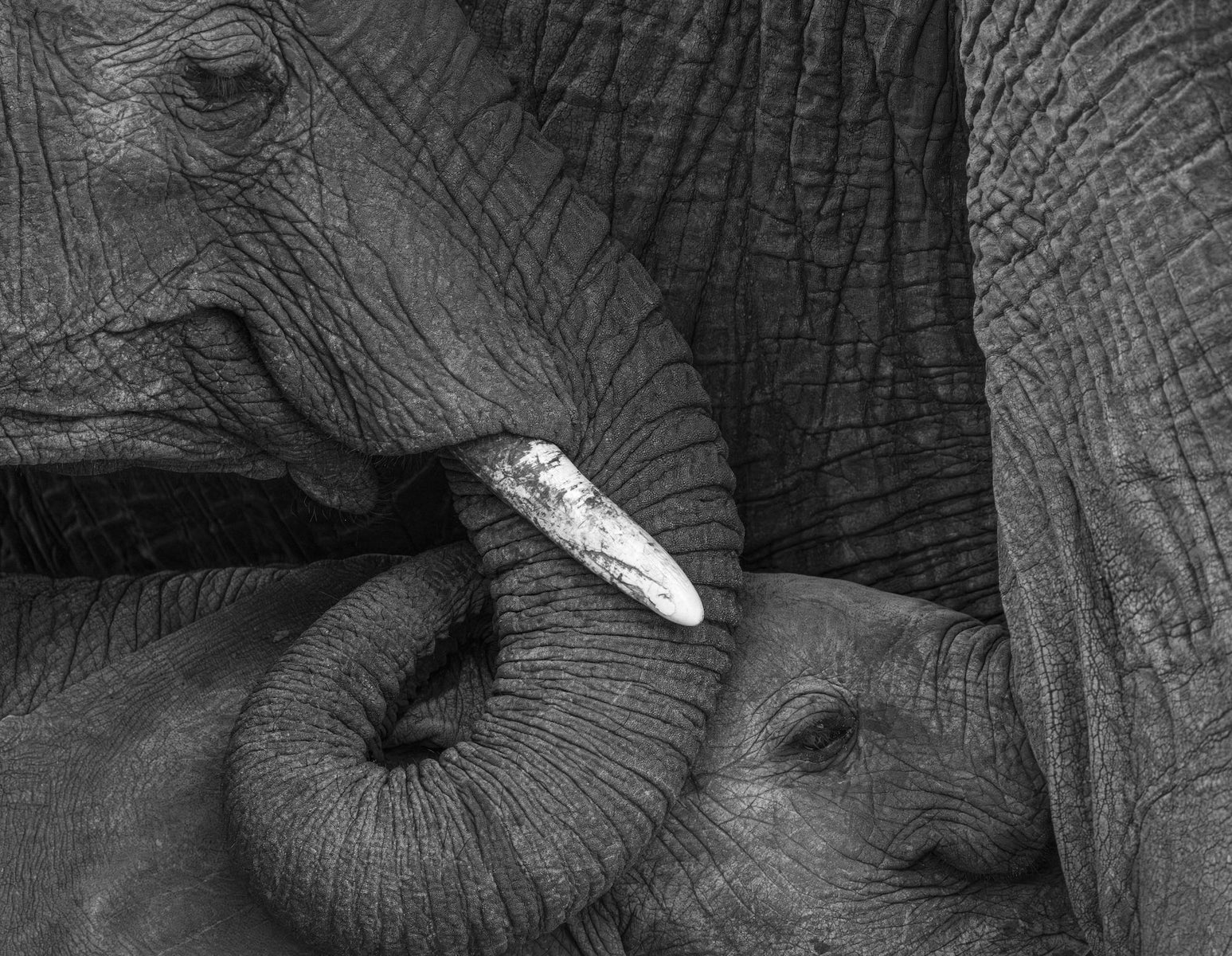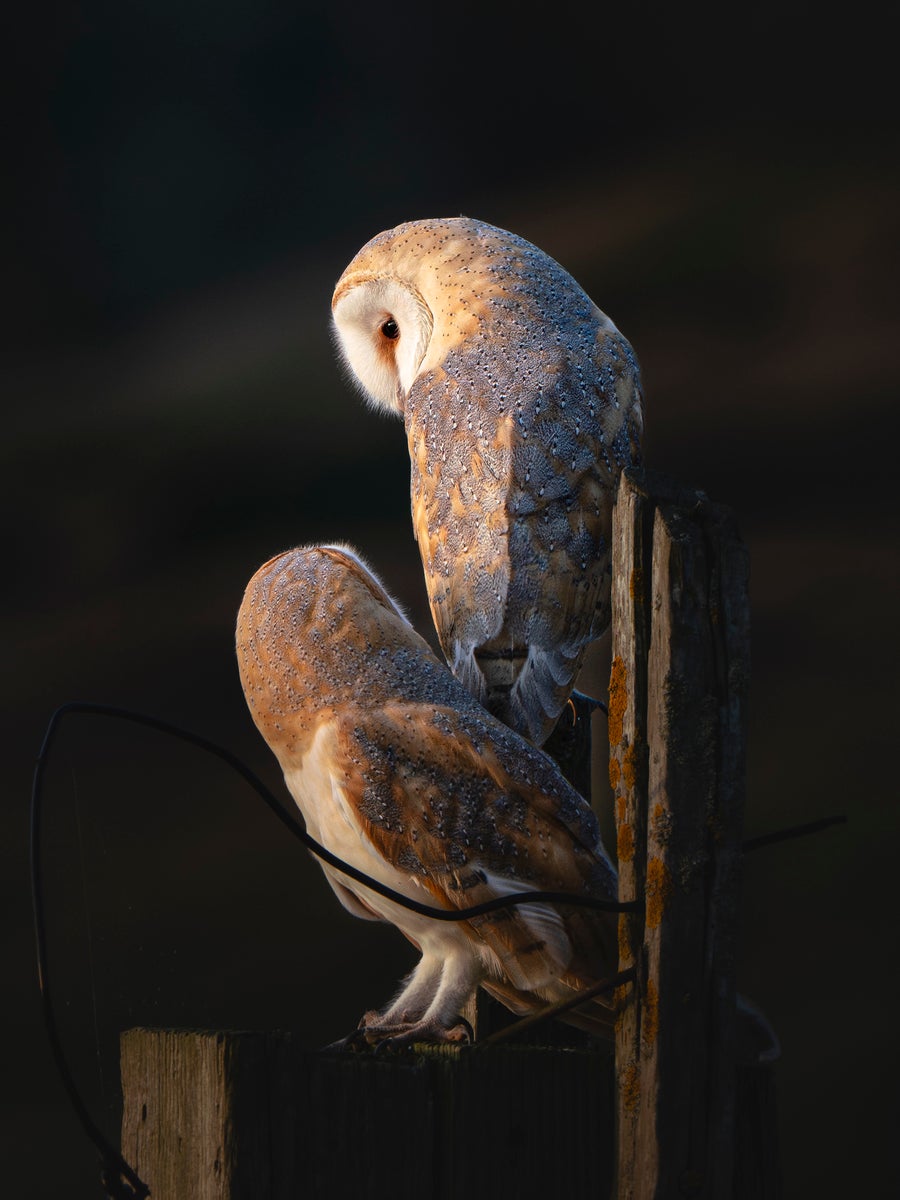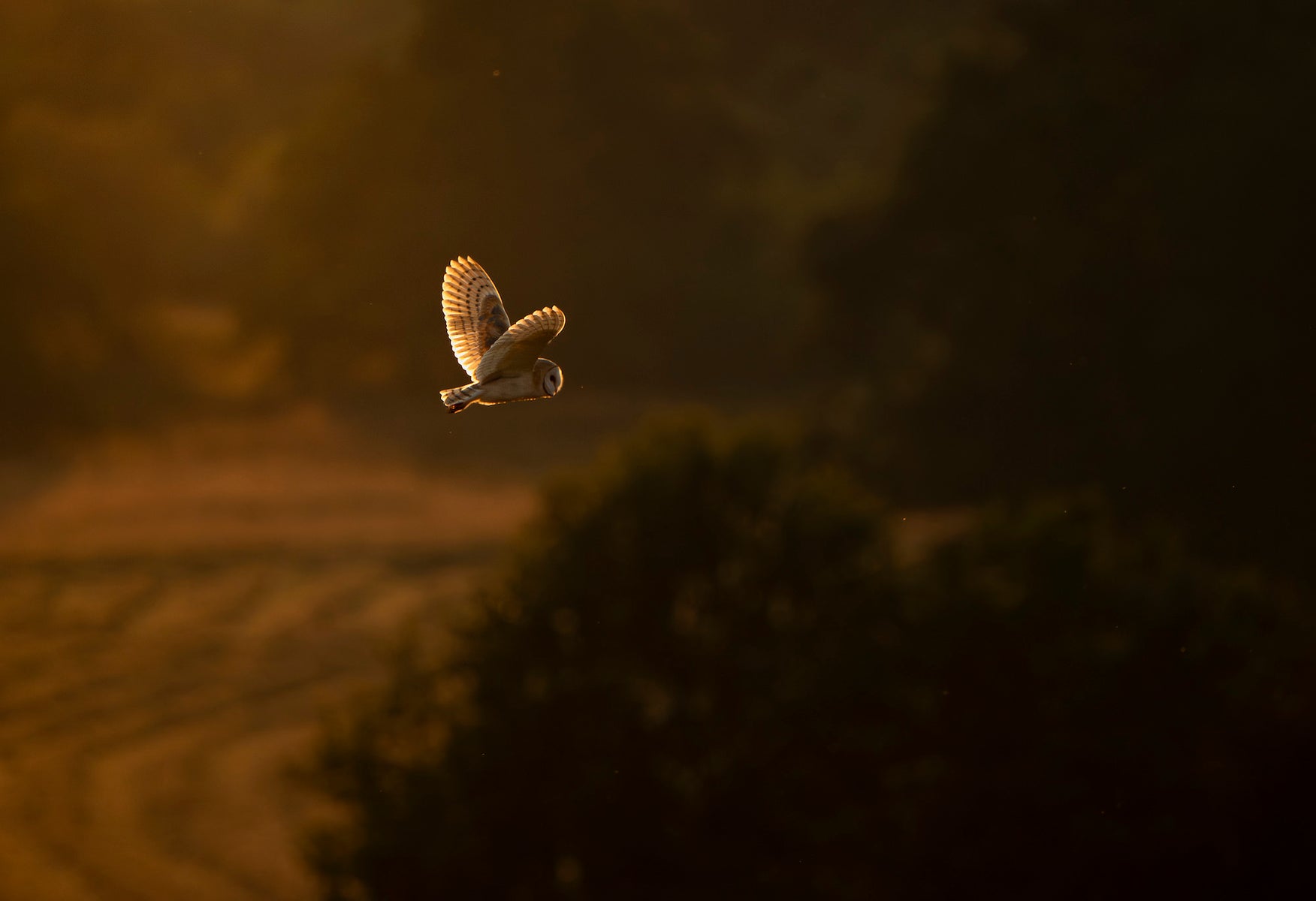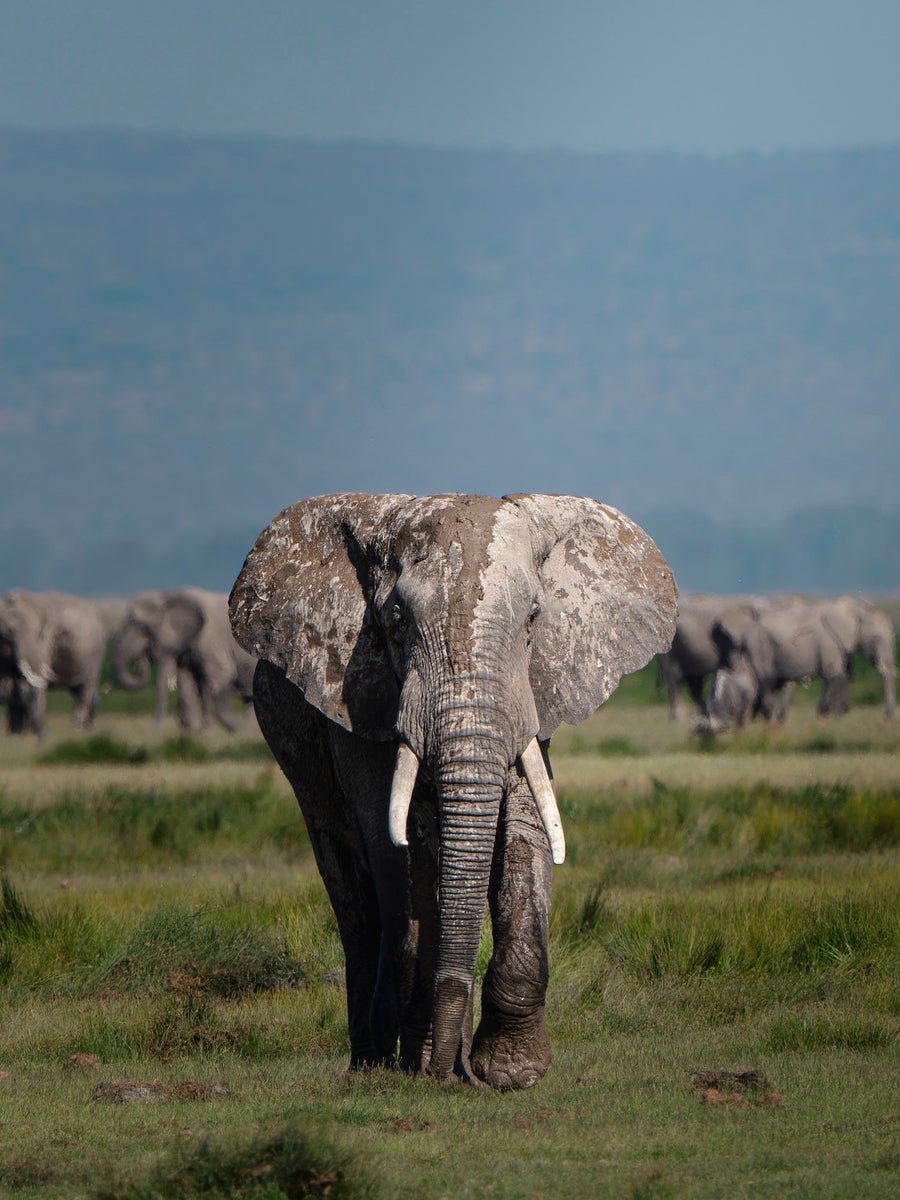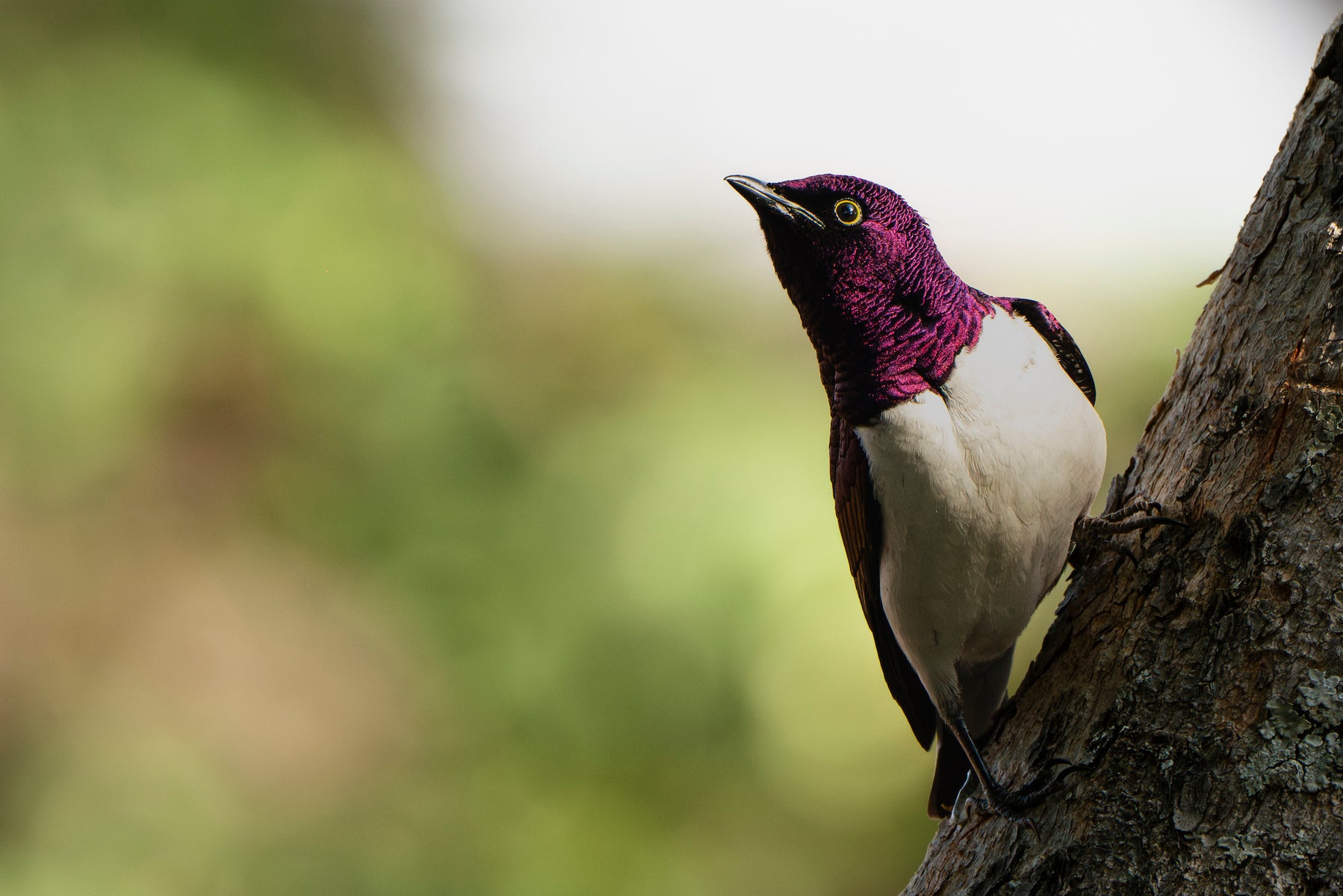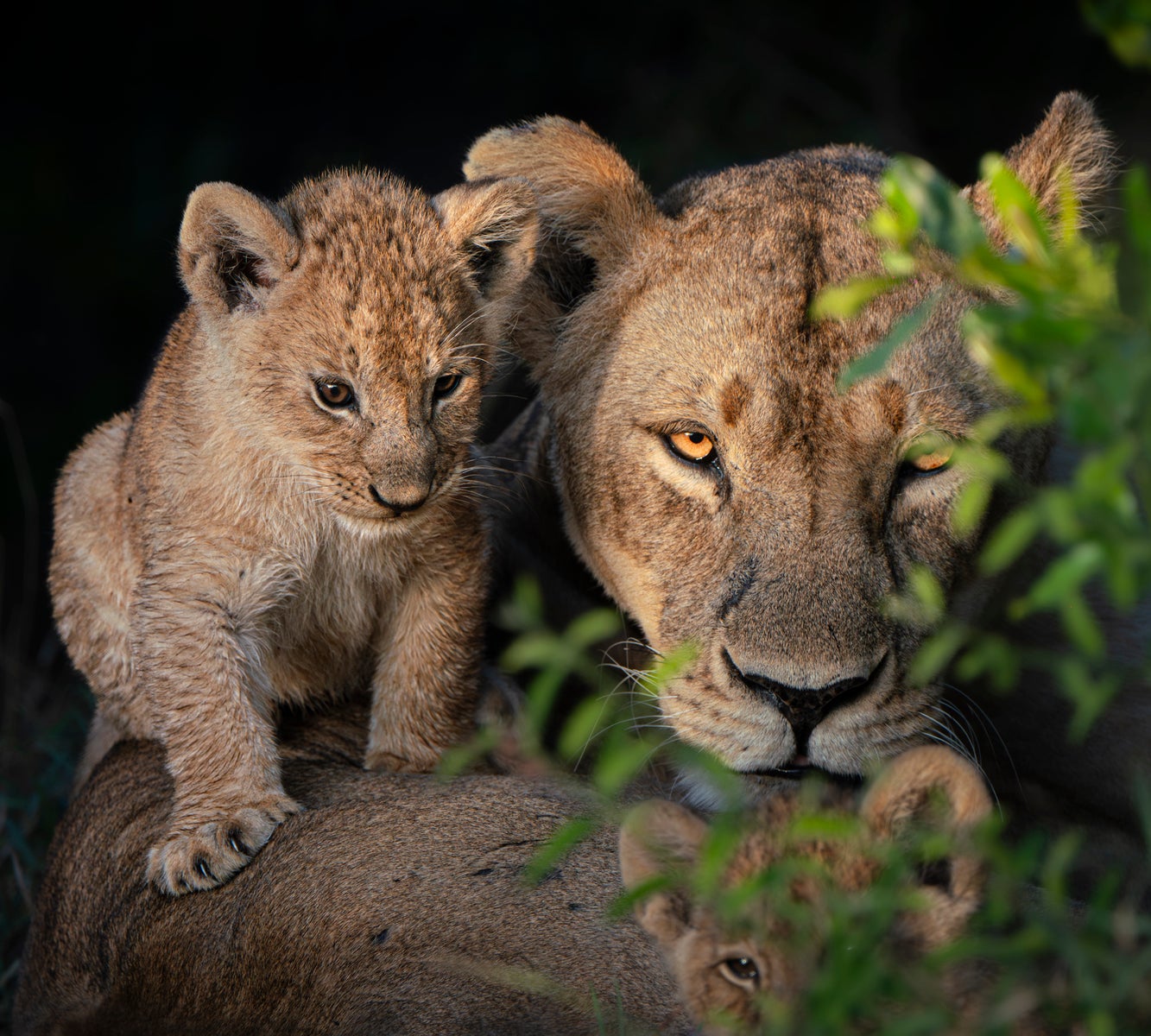Wildlife has always been a key part of Jake Brass’ life. “When I was younger I was a begrudging birder, dragged out on walks by my parents who spent as many weekends as possible in the derbyshire hills birdwatching,” he explains. “My own interest peaked when we visited Costa Rica, and I took a photo of a basilisk with my phone. I haven’t looked back since, now taking my Sony Alpha camera with me wherever I go to capture wildlife in every environment. I now work as a wildlife photographer in Zimbabwe, where anything can appear and my bag is always full of camera gear.” Keep reading as Brass explains what you’ll find in his kit for wildlife photography and more.
Product Preview – In This Article You’ll Find:
–Sony Alpha 7R III
–Sony 200-600mm f/5.6-6.3 G
–Sony 90mm f/2.8 Macro G
–Sony 50mm f/1.8

Camera
Sony Alpha 7R III: My current camera is the Sony Alpha 7R III. For me it’s the perfect combination of both photography and videography. Being able to film at 120fps at 1080p is perfect for social media while the 42 megapixel sensor allows me to crop in on images where we couldn’t get close, with an autofocus speed fast enough to keep up with birds in flight and cheetahs on the hunt.
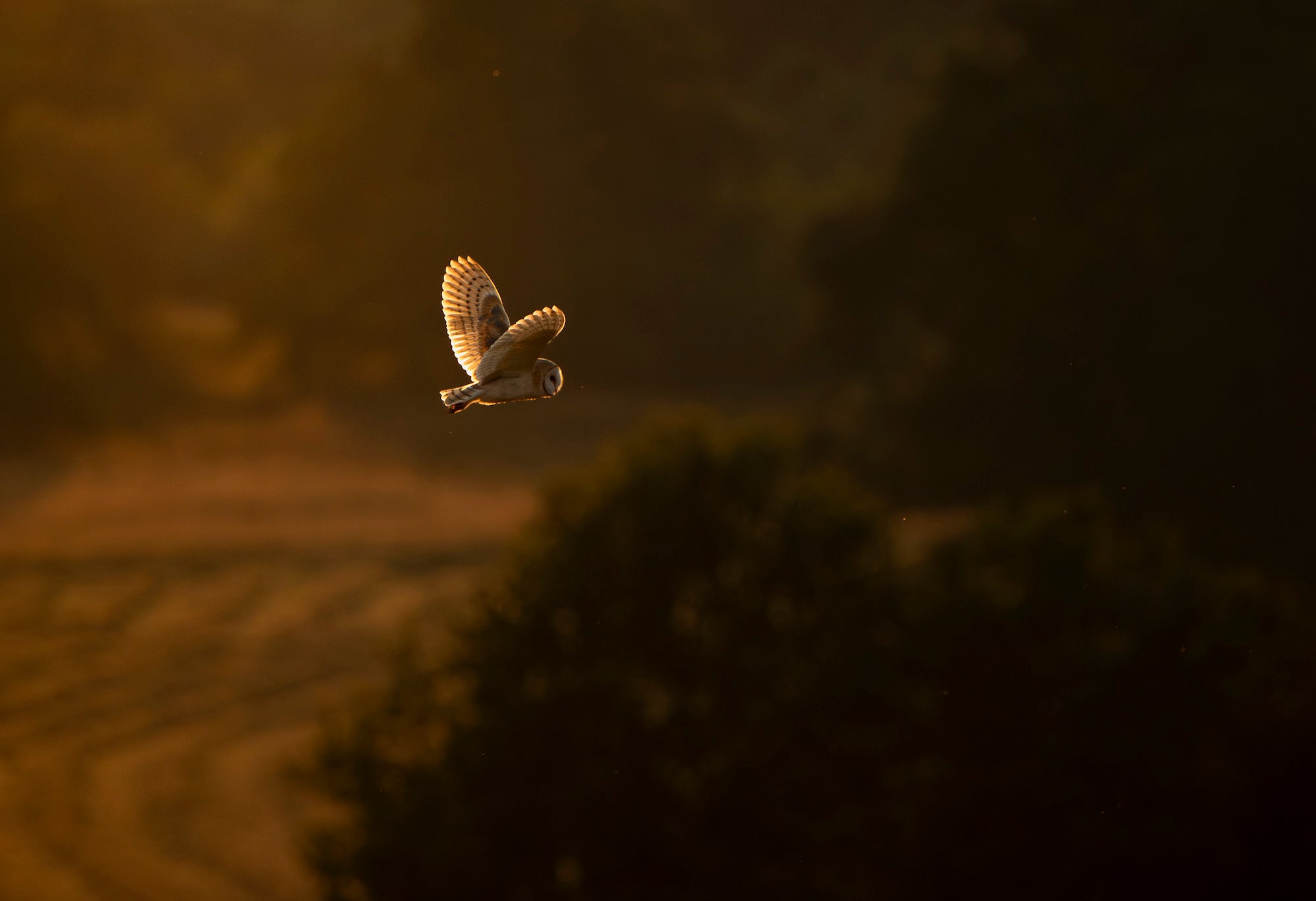
Photo by Jake Brass. Sony Alpha 7R III. Sony 200-600mm f/5.6-6.3 G. 1/3200-sec., f/6.3, ISO 640
Lenses
Sony 200-600mm f/5.6-6.3 G: The lens that I find most often attached to my camera is the Sony 200-600mm f/5.6-6.3 G. This lens is so versatile that when things are moving fast and there isn’t time for change, I know 9 times out of 10 it’s a lens that’ll get the job done. I’ve also always been a fan of the background compression you get when shooting with long lenses, I think it really helps to isolate an animal and bring a real sense of drama to a photo.

Photo by Jake Brass. Sony Alpha 7R III. Sony 200-600mm f/5.6-6.3 G. 1/160-sec., f/6.3, ISO 2000
I’ve spent well over 100 hours now with this barn owl family, standing behind a stone wall in the evenings as the sun sets. This image below shows two of the new fledgeling barn owls from this year, who, now old enough to leave the barn, were just about to start their evening of practice hunts. They perched on the same post for all of 30 seconds before both flying off. With the Sony 200-600mm f/5.6-6.3 G lens I was able to punch in and see incredible detail while ensuring I never disturbed these animals, always photographing at an ethical distance so as to allow natural behaviors to be displayed.

‘Kindred Gaze.’ Photo by Jake Brass. Sony Alpha 7R III. Sony 200-600mm f/5.6-6.3 G. 1/400-sec., f/7.1, ISO 800
Sony 90mm f/2.8 Macro G: When space allows, I’ll always throw a macro lens in my bag. I've got a soft spot for snakes and cool little bugs, and I've regretted not bringing a macro lens along too many times to not have it with me at all times now. It also doubles as a really nice 90mm lens which is a stop gap between my longer lens and handy if, while on safari animals get too close.
This photo below was one of those classic moments where I almost left the Sony 90mm f/2.8 Macro G lens behind because I thought there’d be zero opportunity to use it. While gliding up the Khwai and Mbudi channels of the Okavango Delta in a mokoro, we came across this angolan reed frog. Without this lens I'd have never been satisfied with the images taken and I'd have regretted leaving it for a long time!
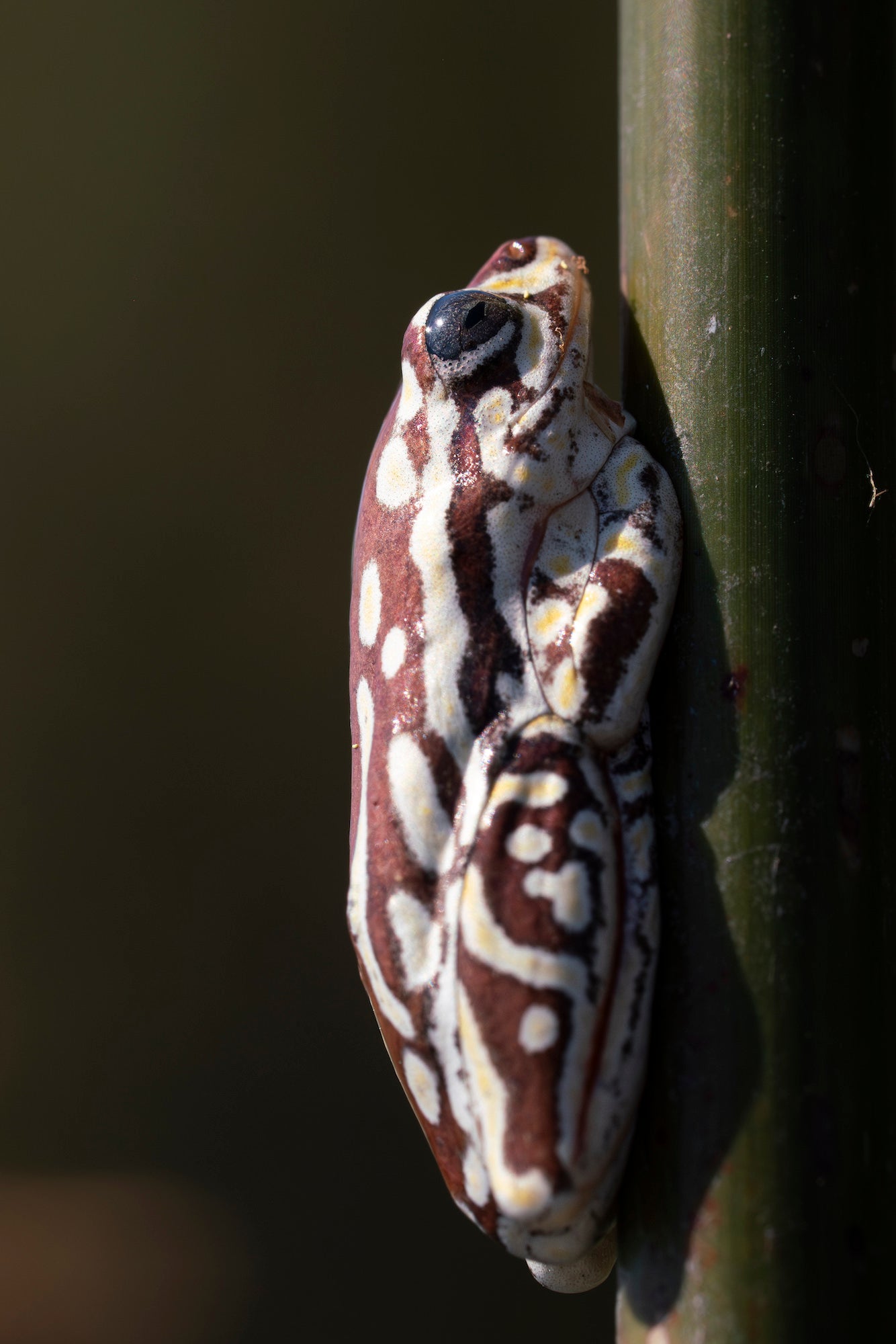
Photo by Jake Brass. Sony Alpha 7R III. Sony 90mm f/2.8 Macro G. 1/1250-sec., f/9, ISO 640
Sony 50mm f/1.8: The final lens in my bag is the ‘nifty 50’ Sony 50mm f/1.8. There’s not much that needs saying about this lens. If I want to swap for a landscape or try to incorporate the environment within the frame of an animal I’m photographing, this is the lens I’ll swap to. It’s super light, takes up very little space and just isn’t worth leaving at home. It’s also incredible when trying to pick up extra jobs as a photographer, especially if you can work at a few cafes capturing their menu.

Photo by Jake Brass. Sony Alpha 7R III. Sony 50mm f/1.8. 1/400-sec., f/6.3, ISO 2500
Accessories
Trek Bars: I’m obsessed with these and it’s always good to make space for some snacks in the bag.
Sunscreen: Almost as important as the trek bars, no-one is stronger than the sun.
Peak Design Travel Tripod: An incredible tripod which can support my long lens and also compacts down to a remarkably small size so i never had any issues traveling with it.
Camera Cleaning Kit: Goes without saying, especially in the dusty safari environment.
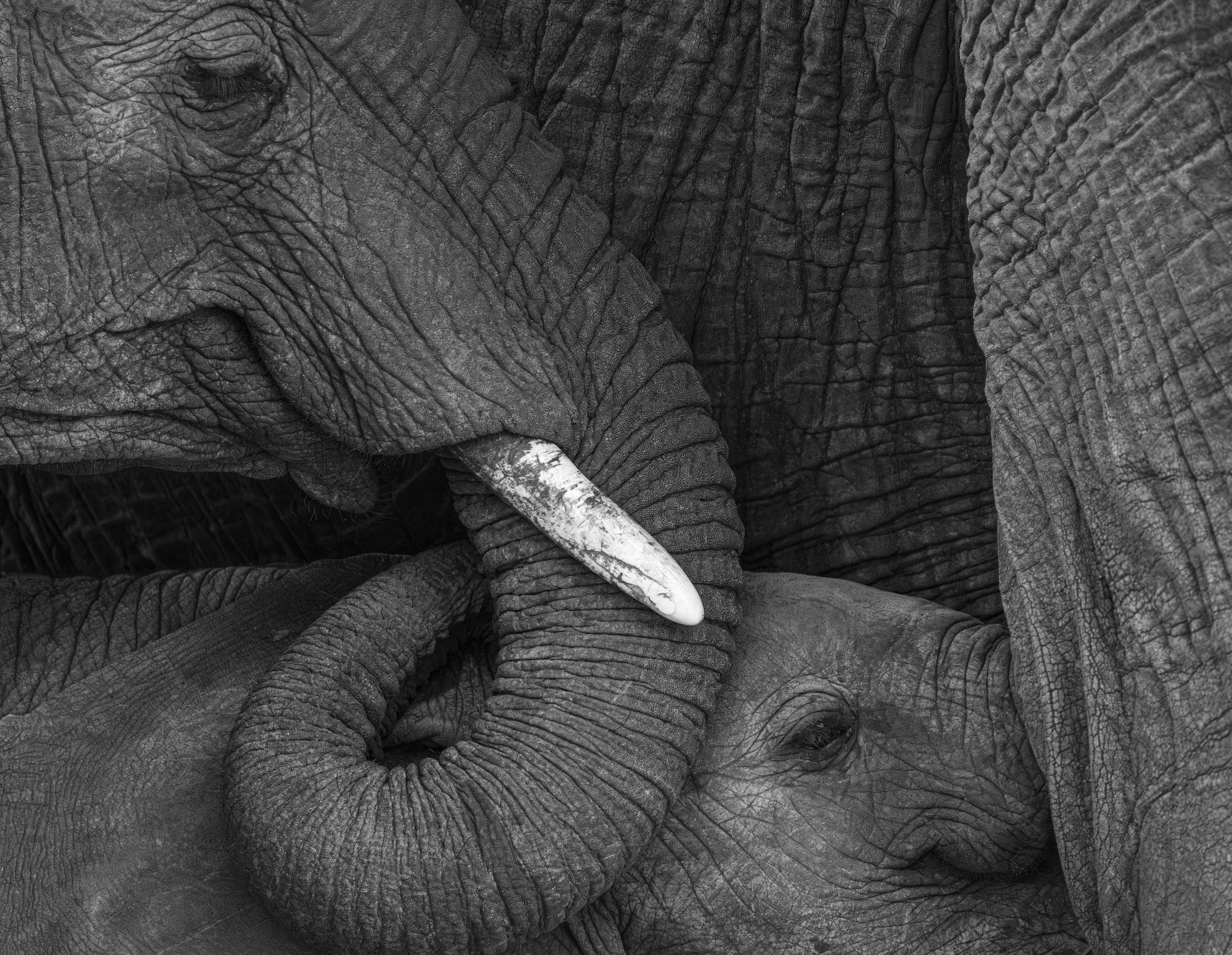
Photo by Jake Brass. Sony Alpha 7R III. Sony 200-600mm f/5.6-6.3 G. 1/1250-sec., f/6.3, ISO 1600
First Aid Kit: Never go anywhere without this.
Kindle: For the long, hot hours of mid day heat when the animals are resting.
Berocca: To help keep electrolytes up when in the field.
Waterproof Cover: For my bag, just in case.
Hollyland Lark M2 Wireless Mics: In case I want to record videos while out in the field.
See more of Jake Brass’ work on Instagram @jake_brass.
